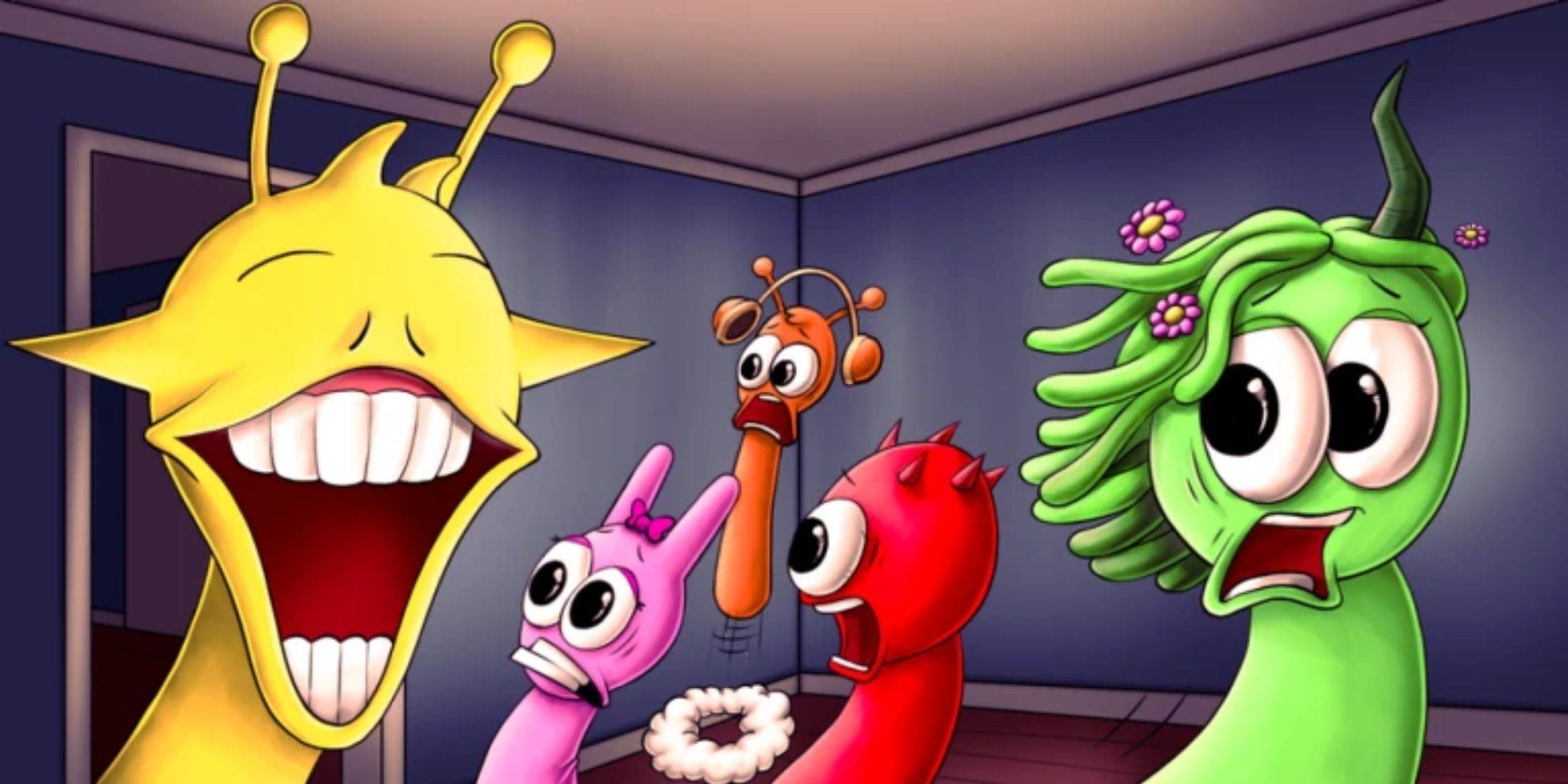
Former Nintendo employees shed light on the intriguing differences between Kirby's American and original Japanese appearances. Discover why Kirby's marketing shifted for Western audiences and learn about Nintendo's evolving global localization approach.
"Angry Kirby": A Marketing Strategy for Western Audiences
Nintendo's Western Rebranding of Kirby
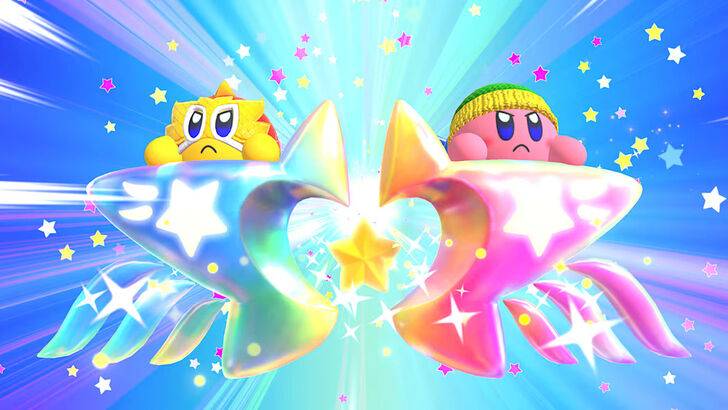
Kirby's transformation into a "tougher" character on Western game covers and artwork—a phenomenon affectionately dubbed "Angry Kirby"—was a deliberate marketing decision. In a January 16, 2025, interview with Polygon, former Nintendo Localization Director Leslie Swan explained that the goal wasn't to make Kirby angry, but to project determination. Swan noted the popularity of cute characters across all ages in Japan, contrasting it with the preference for tougher characters among American tween and teen boys.
Kirby: Triple Deluxe Director Shinya Kumazaki corroborated this in a 2014 GameSpot interview. He highlighted the appeal of cute Kirby in Japan, while acknowledging that a "strong, tough Kirby" resonated more with US audiences. However, he also pointed out the variability, citing Kirby Super Star Ultra's tougher Kirby on both US and Japanese box art. Kumazaki emphasized the intention to showcase Kirby's serious side through gameplay, while recognizing the enduring power of Kirby's cuteness in the Japanese market.
Marketing Kirby as "Super Tuff Pink Puff"
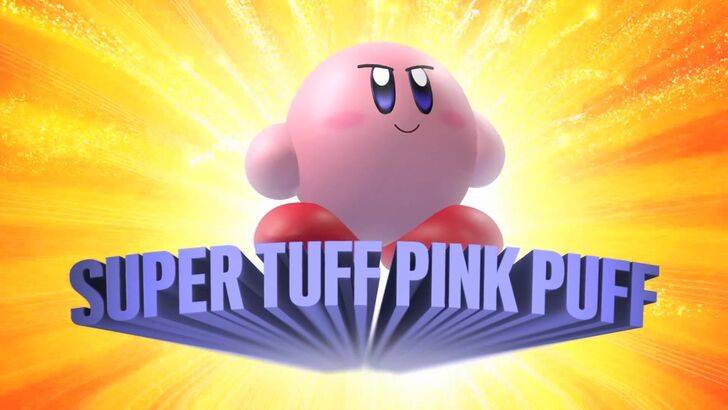
Nintendo's marketing strategy aimed to broaden Kirby's appeal, particularly among boys. This led to the memorable "Super Tuff Pink Puff" tagline for Kirby Super Star Ultra on the Nintendo DS in 2008. Former Nintendo of America Public Relations Manager Krysta Yang explained that Nintendo sought to shed its "kiddie" image during that era, aiming for a more "adult/cool factor" within the gaming industry. Yang emphasized the perception of a "kiddie" label as a significant detriment to sales.
This marketing shift consciously emphasized Kirby's tougher side and the combat aspects of the games, mitigating the perception of Kirby as solely a children's character. In recent years, the focus has shifted towards gameplay and abilities, as evidenced by the promotional materials for Kirby and the Forgotten Land (2022). While acknowledging a continued effort to create a more well-rounded Kirby, Yang admitted that the "cute" image remains prevalent.
Nintendo's US Localization of Kirby
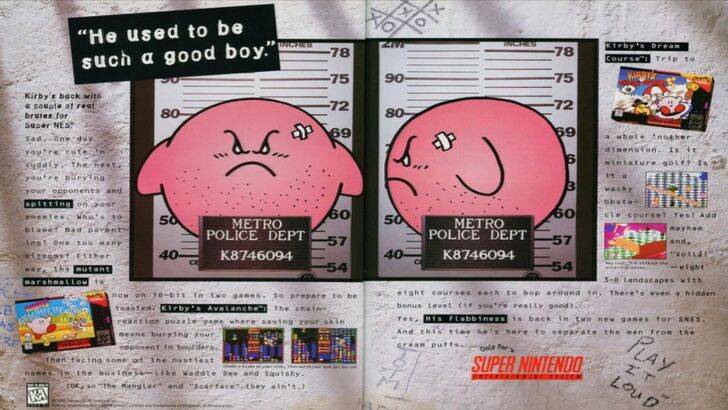
The divergence in Kirby's localization between Japan and the US began with a memorable 1995 "Play It Loud" campaign advertisement featuring Kirby in a mugshot. Over the following years, Kirby's facial expression on game box art varied significantly. Games like Kirby: Nightmare in Dream Land (2002), Kirby Air Ride (2003), and Kirby: Squeak Squad (2006) all featured Kirby with sharper eyebrows and more intense expressions.
However, facial expressions weren't the only adjustments. The original Game Boy release of Kirby's Dream Land (1992) presented Kirby with a ghostly white hue in the US, unlike the pink hue of the Japanese version. This was due to the Game Boy's monochrome display, with Kirby's pink color only becoming visible with the NES release of Kirby's Adventure (1993). Swan explained the resulting challenge: a "puffy pink character" wasn't perceived as commercially viable for a broader, particularly male, audience.
This ultimately led to Nintendo of America altering Kirby's facial expressions in US box art to broaden appeal. In recent years, global Kirby marketing has become more consistent, with a balance between serious and cheerful depictions.
Nintendo's Global Approach
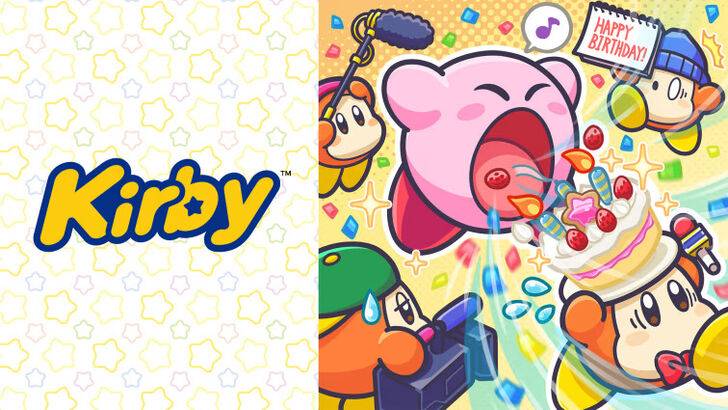
Both Swan and Yang agree that Nintendo has adopted a more globalized approach in recent years. Closer collaboration between Nintendo of America and the Japan office has resulted in more consistent marketing and localization strategies. Regional variations, such as those seen in Kirby's box art, are being minimized, with a move away from past instances like the 1995 "Play It Loud" advertisement.
Yang noted that the global audience hasn't changed, but the strategy has. While global marketing ensures brand consistency, it can sometimes disregard regional nuances, potentially leading to "bland, safe marketing." This trend, according to game localizers, reflects the broader globalization of the industry and the increased exposure of Western audiences to Japanese culture. A greater understanding of Japanese sensibilities among Western audiences has contributed to this shift.





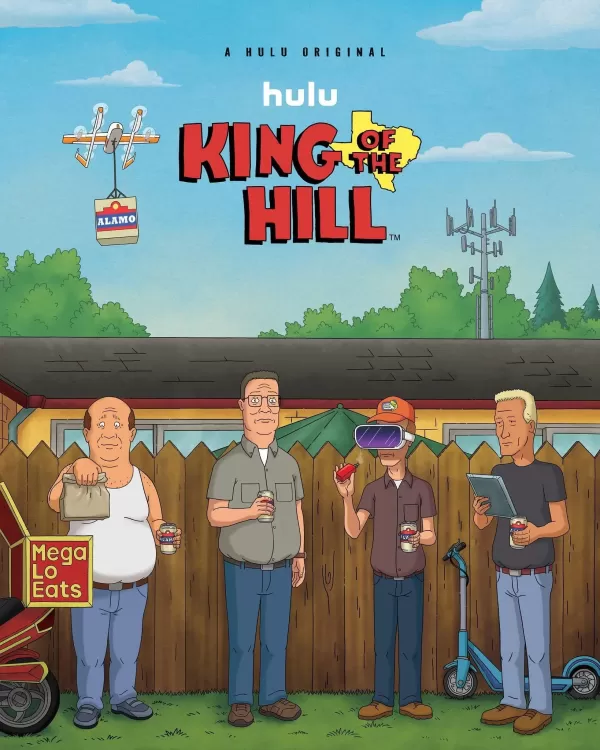


![Taffy Tales [v1.07.3a]](https://imgs.xfsxw.com/uploads/32/1719554710667e529623764.jpg)











